Knowledgebase
Kingshay's Knowledgebase - Farming Notes

Agriculture is one of the deadliest sectors to work in - with farm workers more than 20 times more likely to be killed on the job than the average for all other industrie...
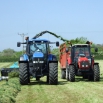
What is most commonly targeted by rural crime? How do you reduce your insurance premiums?
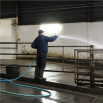
A successful dairy farming business strives for outstanding performance and this can be achieved through consistent and accurate work practices. Maintaining standards acr...
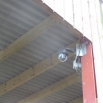
In recent months, there have been numerous high-profile farm thefts in the press, including several cases of livestock rustling. According to the NFU Mutual Rural Crime...

The laws on farm vehicles can be a bit of a minefield and many farmers may not even realise that they are breaking them. Should I be using red or white diesel? Do I...
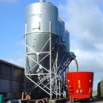
Effective feed storage saves both time and money. Feed storage bins can dilapidate over time and this can increase feed spoilage and increase the risk of a bin collapsin...
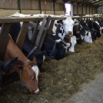
Dirty feed troughs containing spoiled feed will reduce intakes, increase wastage and put animals at risk of disease. Clean troughs can improve daily dry matter intakes by...
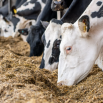
This publication explores the link between proper feeding practices and improved fertility in cows, highlighting individual nutritional needs of heifers, fresh cows, and ...
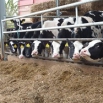
Replacement heifers are one of the most valuable assets but also biggest costs to a farm. Physical development is more important than age at first calving for a success...
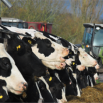
With feed costs rising significantly month on month, the instinct is to do something drastic and change feed type or feed rates. However, this may have a negative impact ...
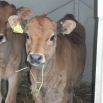
In a traditional dairy calf rearing system, calves are fed 10% of their birthweight in milk over two feeds daily i.e. 2 feeds of 2 litres. In comparison, a calf left on t...
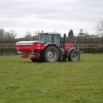
Calibrating your fertiliser spreader is an essential task to optimise forage and crop yields and maximise the benefit from the cost of fertilisers. As fertiliser produc...
